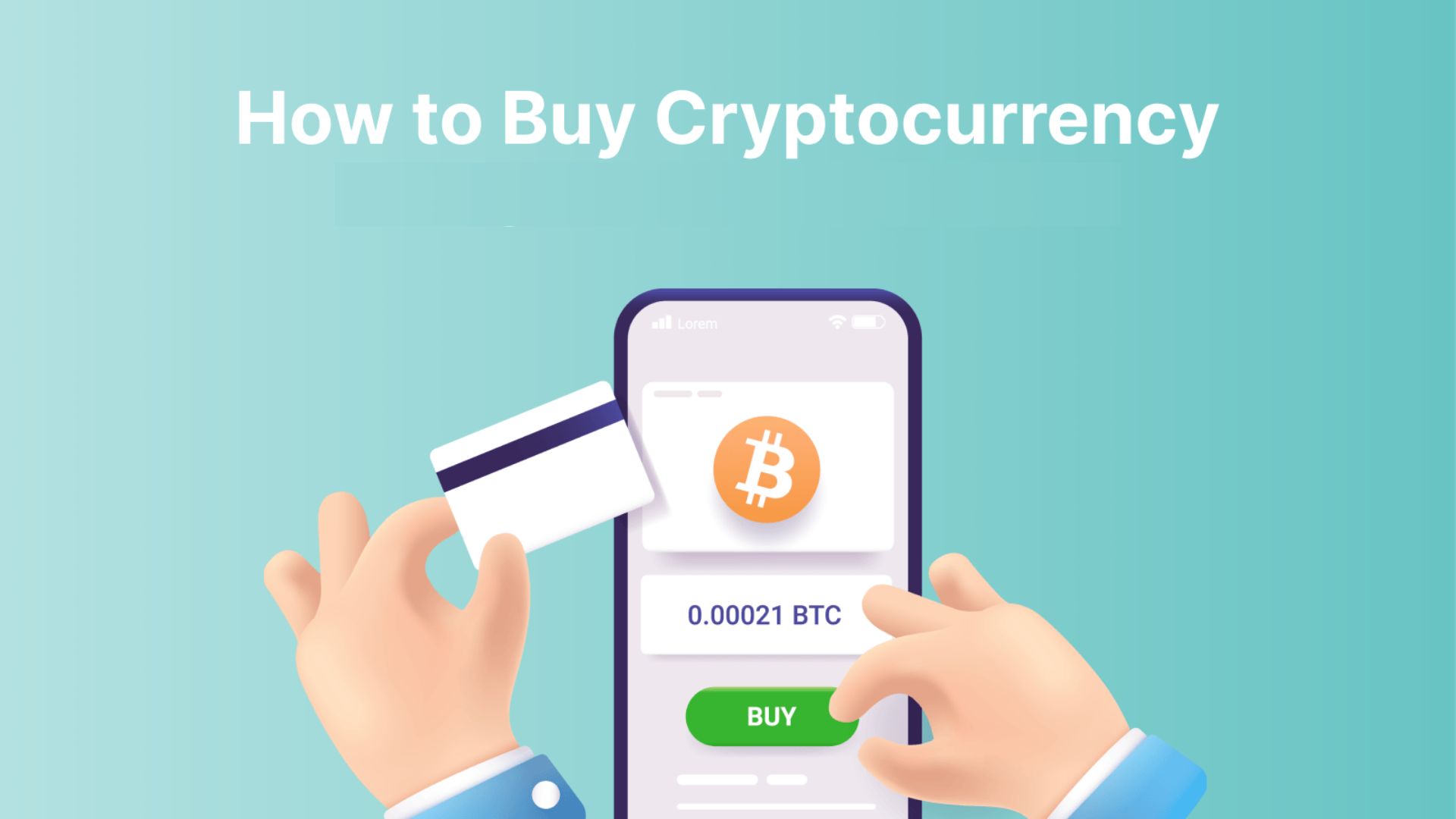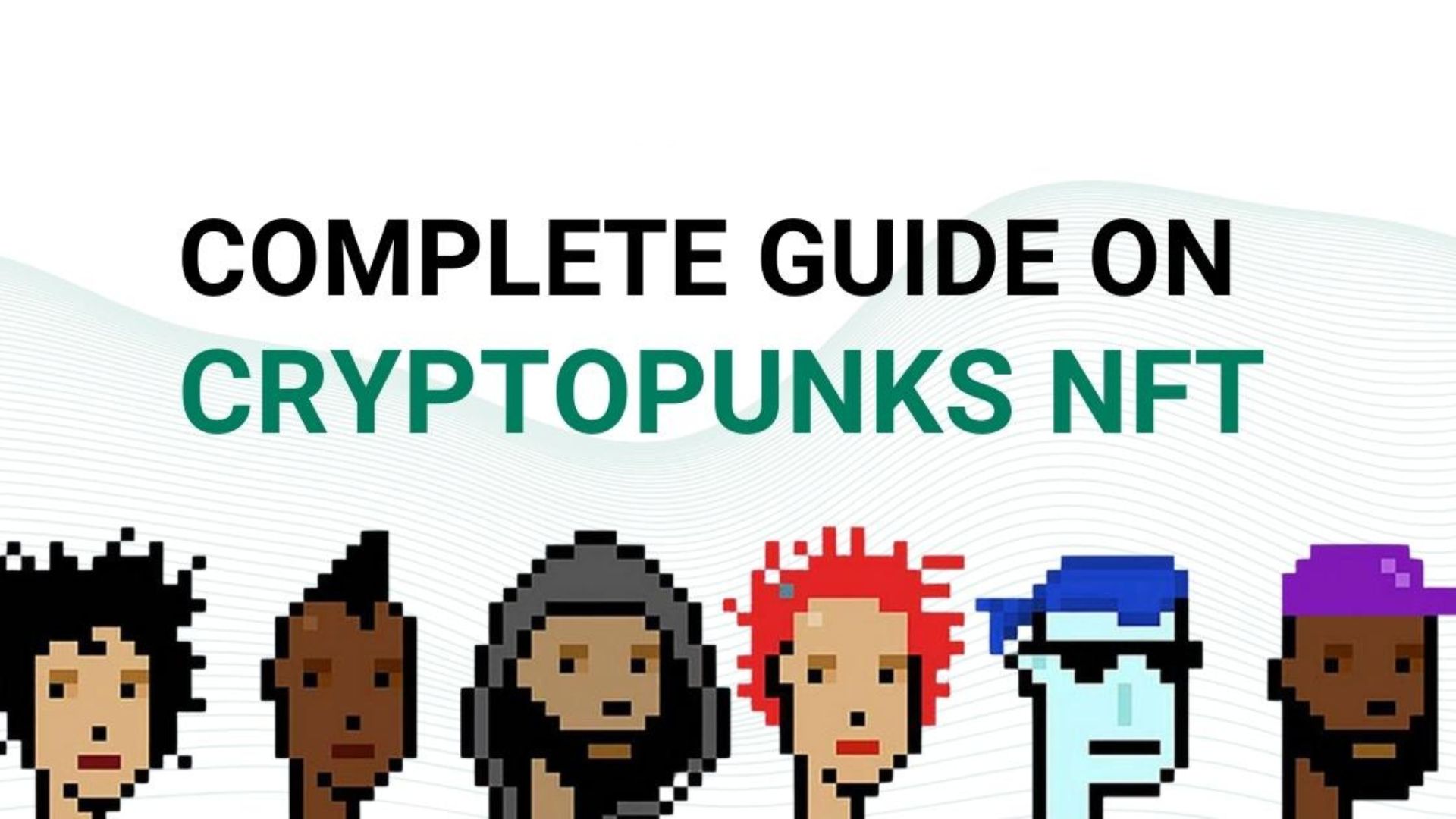Web3 Wallets: A Comprehensive Guide 2024
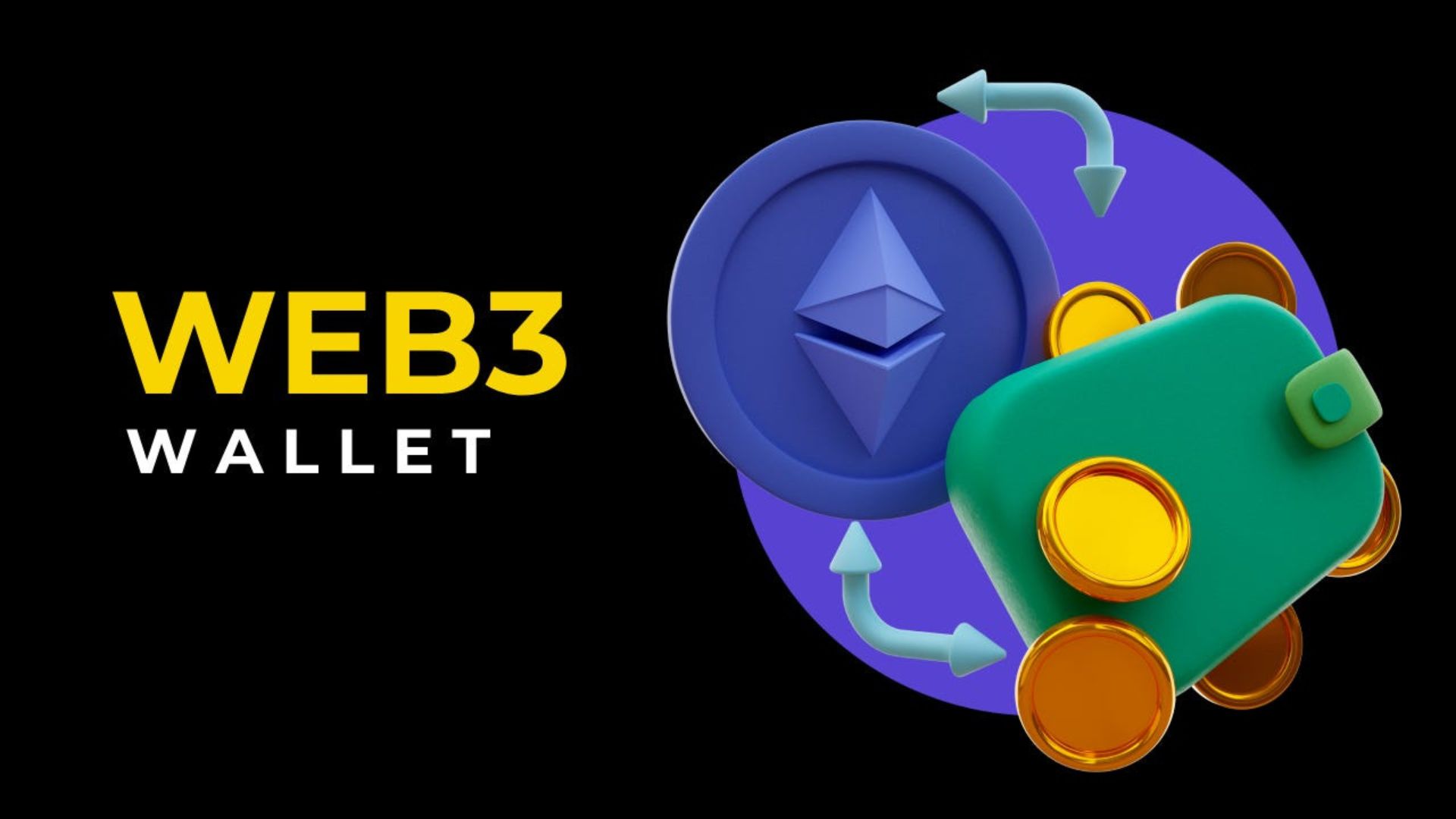
What Is a Web3 Wallet?
For the decentralized financial ecosystem, there are digital wallets called Web3 wallets. They provide a safe method of managing digital tokens, cryptocurrencies, NFTs, and other digital assets by connecting users to blockchain networks and decentralized apps (DApps).
Web3 Wallets vs. Crypto Wallets
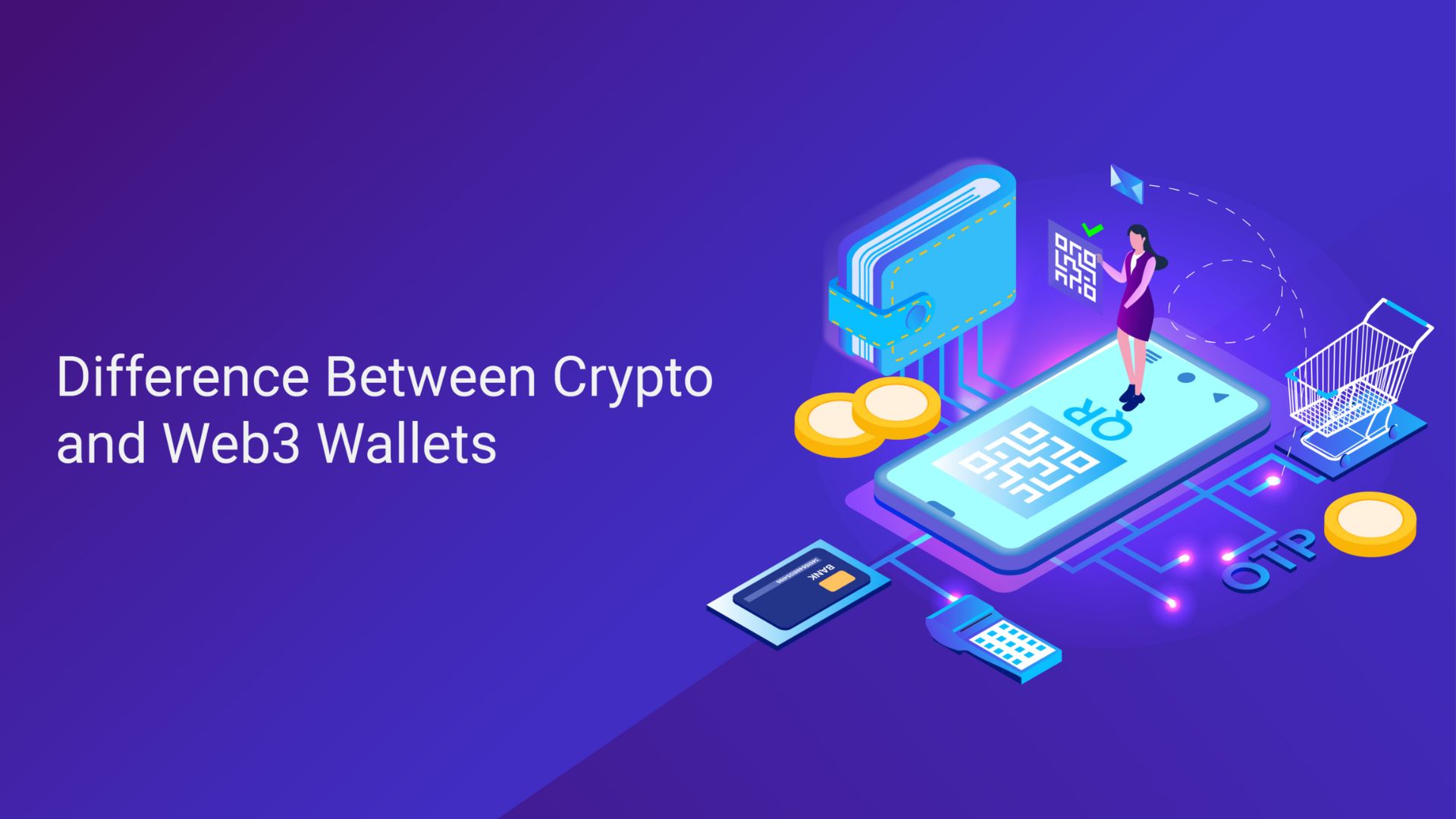
Despite the common usage of the phrases interchangeably, not all cryptocurrency wallets are DeFi or DApp compliant. Although both Web3 and crypto wallets can manage cryptocurrencies, the range of digital assets supported by Web3 wallets is more extensive.
How Web3 Wallets Work
The primary goal of most Web3 wallets is to provide consumers with complete command over their digital assets. A user’s seed phrases and private key management responsibilities are thus squarely on their shoulders. Constructing a 12- or 24-word seed phrase is standard practice when creating a new Web3 wallet. Without this, you can’t access your cryptocurrency wallet or its private keys—used to sign and validate transactions. Never give out your private keys or seed phrases to anyone.
Key Features of Web3 Wallets
Although some features might differ from one wallet to another, most Web3 wallets come with a set of key features:
-
Multi-asset and multi-chain support: Support a variety of blockchain networks and digital assets, including cryptocurrencies and NFTs.
-
Smart contract and DeFi interoperability: Facilitate seamless interactions with smart contracts, giving users access to DApps, decentralized exchanges, marketplaces, and other blockchain-based applications.
-
Peer-to-peer transactions: Enable users to send and receive digital assets without the need for centralized services or intermediaries.
-
Security: A good Web3 wallet should offer robust security and implement encryption techniques to protect seed phrases and private keys from potential threats. Some also include notifications and warnings against potentially malicious websites and smart contracts.
-
Pseudonymity: Although most blockchain transactions are publicly available, users can create Web3 wallets without sharing sensitive data or personal information.
Custodial vs. Non-Custodial Web3 Wallets

Non-custodial wallets
Users have complete control over their assets via non-custodial or self-custody wallets. Trust Wallet and MetaMask are two well-known examples. Assuming they diligently protect their private keys and seed phrases, most traders and investors believe non-custodial Web3 wallets are the most secure alternative.
Custodial wallets
A custodial wallet is one in which an intermediary manages users’ private keys. One example of a custodial wallet is the one you have on your Binance account. Though convenient, consumers must have faith in the custodian to protect their money, so selecting trustworthy exchangers is crucial.
Types of Web3 Wallets
Web3 and crypto wallets can be classified in various ways. Here, we’ll look at a few of the most popular kinds, including paper, web, desktop, mobile, and smart contract wallets. But remember that there are commonalities among the various groups. Some Web3 wallets, such as MetaMask, support hardware wallets like Trezor and Ledger and are accessible via mobile and web.
Hardware wallets
A further safeguard for Bitcoin keys is a hardware wallet, a tangible device that stores them offline in cold storage. They are more secure than traditional wallets but aren’t always easy to use or access. But a hardware wallet could be the way to go if you’re planning on holding onto your cryptocurrency for a while or if you have a substantial amount.
Most of them also allow you to set up a backup recovery phrase in case you ever misplace your wallet, and you can add a PIN code for added security. Two well-known brands of hardware cryptocurrency wallets are Trezor and Ledger.
Web wallets
Users can access their Bitcoin holdings online through web wallets, which typically function through a browser interface. Nowadays, you can get most online wallets as mobile wallets as well. Connecting wallets to DeFi platforms and DApps is handy, but users should be wary. Your assets could be in danger if you interact with fraudulent websites or smart contracts.
Mobile wallets
While both mobile wallets and web wallets serve a similar purpose, mobile wallets are designed with smartphones in mind. With their help, QR codes may be easily used to send and receive cryptocurrency. You may also use their mobile app to access DeFi and DApps easily. Mobile devices, however, are not immune to harmful software and viruses; this is true even for laptops. If you want to ensure your mobile wallet is safe if your phone gets stolen or breaks, you should encrypt it with a password and back up your seed phrase or private keys.
Smartphone cryptocurrency wallets include Trust Wallet, MetaMask, and Binance Web3 Wallet. In what follows, we’ll go into greater depth on these points.
Smart contract wallets
Smart contracts manage wallets that use smart contracts on the blockchain. These wallets allow for additional features and introduce programmable, self-custodial accounts. Smart contract wallets are different from regular wallets in that they let users automate financial processes, add security via programmable logic, and specify transaction rules and conditions.
Using blockchain technology, smart contract wallets give consumers decentralized control over their money and make it easier to integrate with DeFi apps. Smart contract wallets offer a range of valuable capabilities for managing and interacting with cryptocurrencies, including multi-signature requirements, time locks, and the ability to be upgraded.
Desktop wallets
Bitcoin and other cryptocurrencies’ early years saw a greater prevalence of desktop wallets. With these software applications installed on your computer, you have complete control over your cryptocurrency keys. Backups of the wallet data should be done often to avoid loss, as security depends on the user’s machine.
Paper wallets
Many people think paper wallets are outdated and discourage their use. The process entails physically putting private keys and Bitcoin addresses on paper. Offline storage is available, and they’re hack-proof; nevertheless, you still need to be careful and put them somewhere safe to avoid physical harm.
Examples of Web3 Wallets
MetaMask
The fact that MetaMask works with Ethereum and a plethora of other EVM-compatible blockchains—including BNB Chain, Polygon, Avalanche, Arbitrum, and countless more—makes it one of the most well-known non-custodial Web3 wallets. Token swaps, digital asset management, and interaction with DApps are all possible with MetaMask. MetaMask provides a safe and user-friendly experience for users of all skill levels by letting them take charge of their privacy by not controlling their private keys.
Binance Web3 Wallet
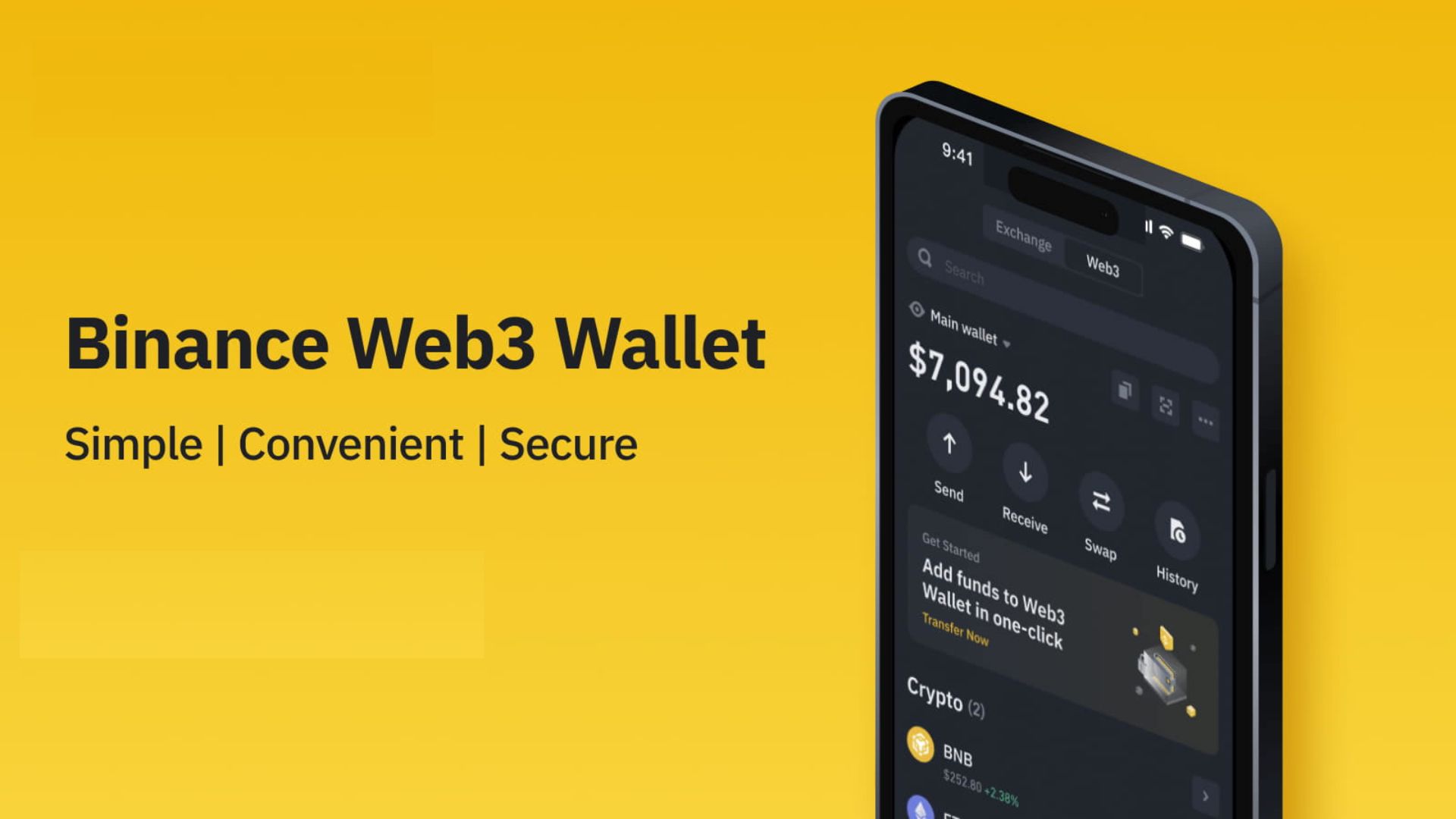
Everyone from beginners to seasoned DeFi users can benefit from the Binance Web3 Wallet, part of the Binance app. It improves cryptographic security by using multi-party computing (MPC) technology to eliminate the requirement for a central repository for private keys. In addition to the three “key-shares” that are encrypted and stored in the cloud, the user’s device, and the Web3 Wallet, a recovery password provides an additional layer of security that is known only to the user. This method lessens the likelihood of weak spots and increases security.
Binance Web3 Wallet Features
-
Easy setup: Quick creation through the Binance app without needing seed phrases or private keys.
-
Convenience: Seamlessly connected to Binance Bridge and other service providers for easy token swaps and exploration of DApps.
-
Security measures: Wrong address protection and identification of potentially malicious smart contracts, with transactions controlled by multi-party computation (MPC) technology.
-
Self-custody: Encrypted by three “key-shares” and a recovery password, offering complete autonomy over assets.
-
Customer support: A 24/7 customer support service ensures users a safe and smooth experience.
Trust Wallet
For a hassle-free mobile cryptocurrency management experience, try Trust Wallet, another well-known non-custodial wallet. Users can store assets, explore DApps, and participate in DeFi activities with Trust Wallet, which supports many blockchains. It is perfect for mobile users who want security and convenience because of its user-friendly interface and robust security features.
Conclusion
Because they facilitate interaction with blockchain networks and decentralized applications (DApps), Web3 wallets have quickly become essential for individuals exploring cryptocurrency and DeFi. Never let anyone else access your private keys or seed phrases, regardless of whether you use MetaMask, Binance Web3 Wallet, or Trust Wallet.



